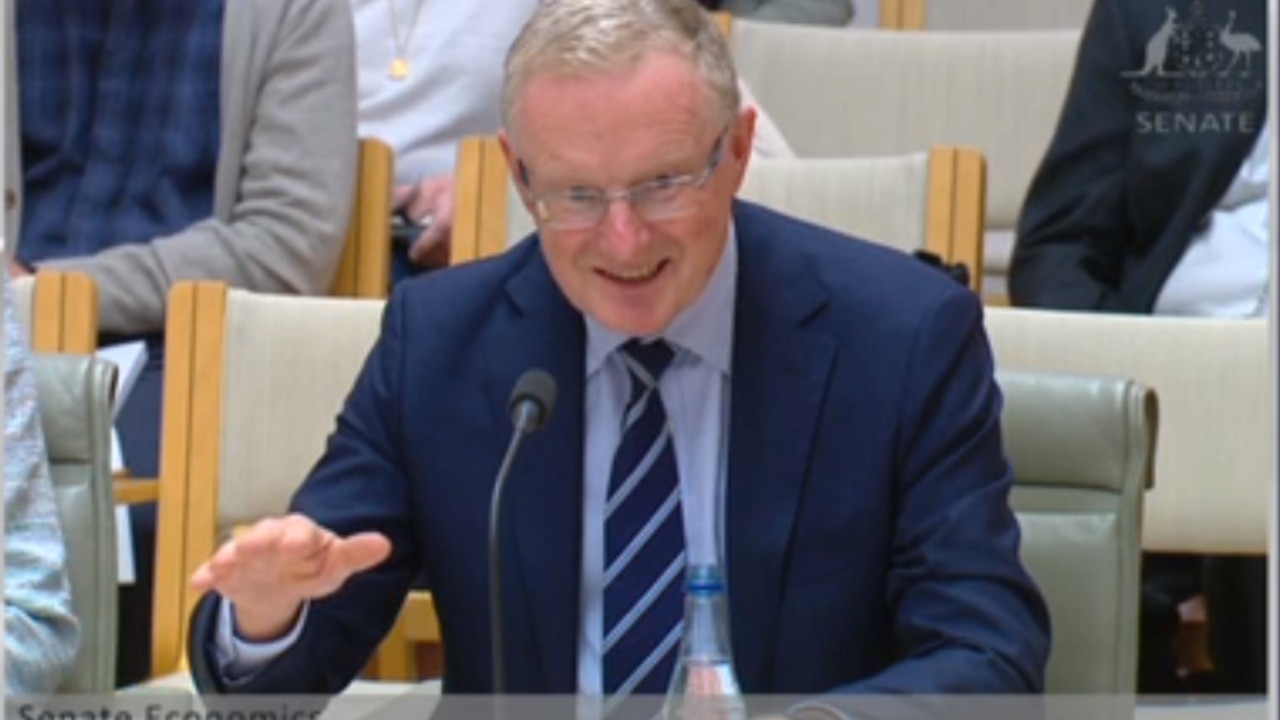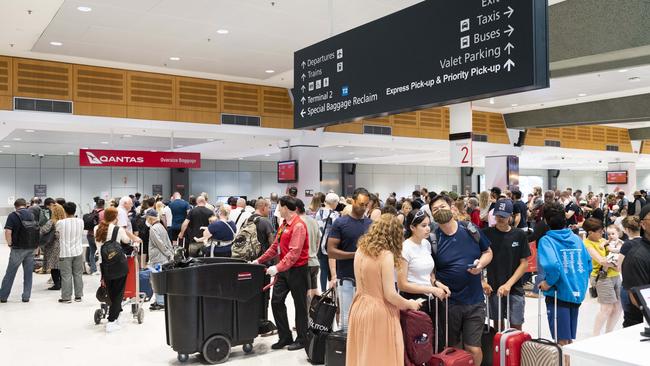Reserve Bank warns immigration surge could see higher consumer prices
RBA hasn’t ruled out more rates hikes, warning a surge in immigration could see house prices bottom out much sooner than expected and make inflation harder to control.

The Reserve Bank of Australia has warned that a surge in immigrants coming to the country could make the challenge of reducing inflation more difficult.
Minutes from the RBA’s meeting this month, when it opted to leave the official cash rate on hold at 3.6 per cent, show that the central bank is worried about the headwinds strong population growth could have on its bid to return inflation to its target band of 2-3 per cent.
“Members noted that this could put significant pressure on Australia’s existing capital stock, especially housing, which would in turn manifest in higher consumer prices,” the RBA said.
“They observed that there were already signs that the recent fall in housing prices might be smaller and more short-lived than expected.”
“Although higher immigration might reduce wage pressures in industries that had been experiencing significant labour shortages, members noted that the net effect of a sudden surge in population growth could be somewhat inflationary for a period”
The Australian Bureau of Statistics last month reported that the population grew by 418,500 to 26.1 million in the year to September 30 — roughly the same amount of people who live in the ACT.
It comes as the RBA said that its move to leave rates on hold in April could be temporary, adding that “monetary policy may need to be tightened at subsequent meetings”.
“The purpose of pausing at this meeting was to allow time to gather more information,” the RBA said.
“They thought that the Board’s future cash rate decisions would depend on developments in the global economy, trends in household spending and the outlook for inflation and the labour market.”
The RBA discussed the case for two courses of action at its April 4 meeting — a 25 basis point hike or no change in rates. The board ultimately decided that a pause was appropriate because monetary policy had already been tightened significantly in a short period, and the full effects of this on the economy were yet to be observed, given the lags in the transmission of monetary policy.
“Members judged that monetary policy was already restrictive,” the minutes said.
Required repayments on home loans, as a share of disposable income, were anticipated to rise to around their highest level on record, and there were signs that tighter monetary policy had contributed to a slowdown in the housing market, a material slowing in consumption growth, and financial pressure for some households with housing loans.
The RBA noted that housing prices steadied in March following an 8 per cent decline from their peak a year ago, with it possible prices falls could stabilise earlier than expected and at a level above the previously forecast trough.

“Stronger fundamentals, including growth in population and nominal incomes, were likely providing an offset to the higher cost of credit,” the RBA minutes said.
“Rental markets remained very tight and this was continuing to flow through to growth in CPI rents. Residential vacancy rates in Sydney and Melbourne had seen the largest declines to be below their long-run average levels.”
The pause ended the most aggressive rate rising cycle in Australian history with 10 consecutive rate hikes and 350 basis points of increases since May 2022.
The central bank will be awaiting next week’s CPI data from the March quarter, with any signs that inflation was not slowly would likely add pressure to a rate hike. This would come after hotter than expected labour force data which showed unemployment steady at 3.5 per cent and 53,000 jobs were added in March compared to an expected gain of 20,000.
Treasurer Jim Chalmers will in the next week release the findings from the RBA review panel, which will include 51 recommendations that promise a major overhaul of how the central bank conducts monetary policy.
Chalmers has said that the 2-3 per cent inflation target will remain in place, but there could be a raft of other changes including the creation of a separate interest rate-setting board staffed with monetary policy experts.




To join the conversation, please log in. Don't have an account? Register
Join the conversation, you are commenting as Logout